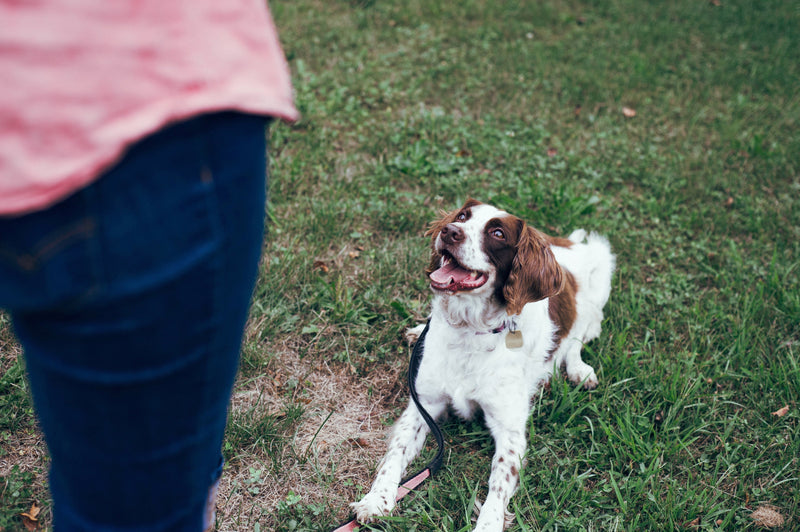
Dog Separation Anxiety Training Plan: Steps to Success
Share
Many health-conscious pet owners are becoming increasingly aware of a common, yet often misunderstood issue: dog separation anxiety. This challenge can significantly affect your canine companion's well-being, behavior, and your own peace of mind. Fortunately, developing a structured dog separation anxiety training plan can provide relief and foster a harmonious home environment.

Understanding Dog Separation Anxiety
Before diving into a dog separation anxiety training plan, it's essential to understand what it entails. Separation anxiety occurs when a dog experiences distress in the absence of their owner. This distress can manifest in various ways, such as excessive barking, destructive behavior, or even attempts to escape. Identifying these symptoms is the first step toward addressing the problem effectively. Dog separation anxiety symptoms are more common than you might think.
Crafting a Comprehensive Training Strategy
Developing a dog separation anxiety training plan requires patience and a methodical approach. Here are essential elements to consider:
Gradual Desensitization
A key technique in combating separation anxiety is gradual desensitization. This involves leaving your pet alone for short periods and slowly increasing the time apart. Start with just a few minutes and gradually extend the duration as your pooch becomes more comfortable. This method helps build a sense of security and independence in your furry friend.
Creating a Safe Space
Your dog's environment plays a crucial role in managing anxiety. Create a comfortable area where your dog feels safe and relaxed. This might be a cozy corner with their favorite toys, a warm blanket, and access to water. It's important to make this place their own, providing a retreat whenever they need solace.
For further enrichment, consider adding some fun, engaging dog food that helps with shedding to their diet, promoting not only physical health but mental well-being as well.
The Importance of a Routine
A consistent schedule can be a game-changer for dogs dealing with anxiety. Animals thrive on routine, and knowing when you'll leave and return adds predictability to their day. Try to establish a predictable schedule for feeding, walks, and alone time, so your dog knows what to expect.
Visit this training guide from CareCredit for more detailed strategies on setting effective routines.
Positive Reinforcement
Positive reinforcement is a powerful tool in any training regimen. Reward your dog with treats, affection, or praise when they remain calm and relaxed upon your departure. This encourages positive behavior and makes the alone time a more pleasant experience. For specific toy and treat tips, find engaging dog toys here.
When to Seek Professional Help
Sometimes, despite your best efforts, professional assistance might be necessary. If your dog's anxiety remains severe, consider consulting a behavioral therapist who can recommend tailored strategies and potentially explore medical options.
Staying the Course
Consistency and perseverance are vital. The journey to overcoming separation anxiety might be gradual, but with dedication, your efforts will pay off. Maintain a loving, structured environment where your dog thrives in your presence and in your absence.

FAQ
What are the symptoms of dog separation anxiety?
Symptoms include excessive barking, destructive behavior, and escape attempts.
How long does it take to see improvement with training?
Improvements can vary; some dogs may show progress within weeks, while others might take months.
Can diet influence separation anxiety?
Yes, a balanced diet can support overall mental health; learn more about diet and care for dogs.
This article contains affiliate links. We may earn a commission at no extra cost to you.
